Onzow, DS Audio Dynavox, Winyl, and LAST Stylus Cleaning compared
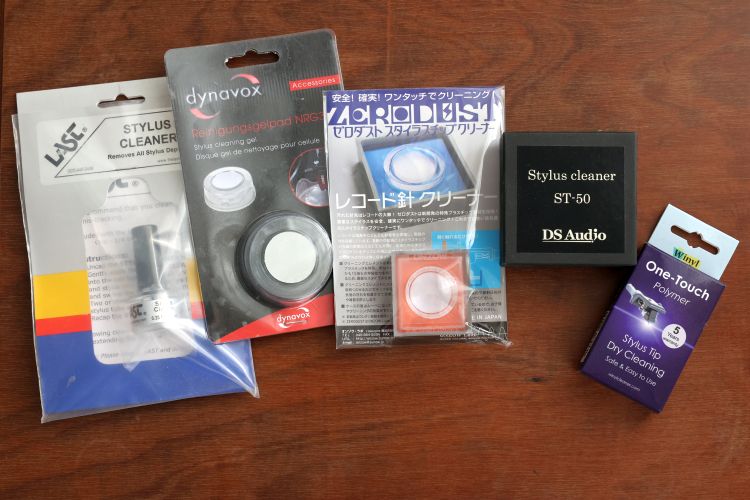
The Test
Following our tests, we soon agreed that all four dry cleaning methods do indeed work as advertised. They all remove dirt quite effectively which can be seen by the dirt the stylus leaves behind in the blob- or mat material and which can also immediately be heard. With all the Dry Cleaning Methods, we heard immediate improvements in terms of lowered noise and increased treble smoothness, as well as an increase in what I will, for now, refer to as calmness. The latter is a factor that people may chase after if they have a system that leans toward the nervous or aggressive side. But it is not something that my system needs.
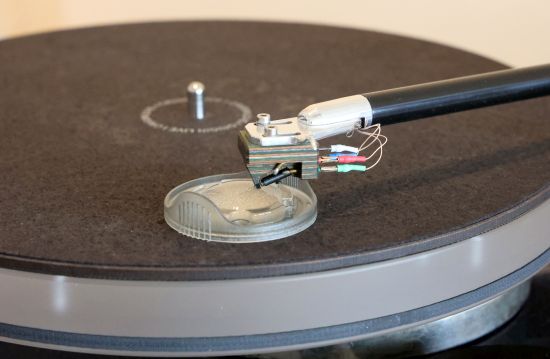
We started with the Dynavox NRG30 “Blob” and noted that the cleaning results came along with a reduction in pace, articulation, expression, and treble precision and clarity. As Jessyca mentioned, the music appeared “slower” and Bart commented (in other words) on the fundamental tones, the basis of snares and other percussive sounds, in this case, being ok, but their upper harmonics being toned down in presence and clarity. What I personally noted most of all was a reduction in transient sharpness and a lowering of PRaT. After cleaning the stylus with the aforementioned Quality Service fluid the original sound was immediately restored.
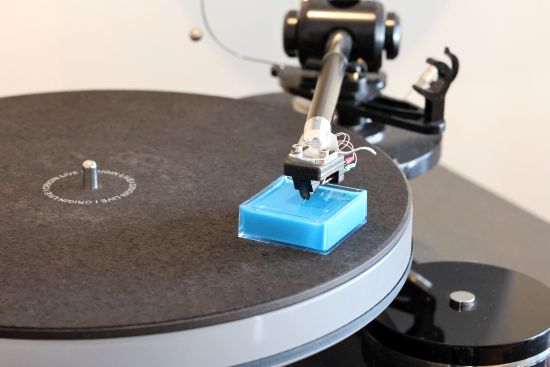
When repeating the dry cleaning test with the other affordable Winyl One-Touch Polymer “Mat” solution, the stylus got cleaned just as effectively but the aforementioned reservations were again present, and even stronger.
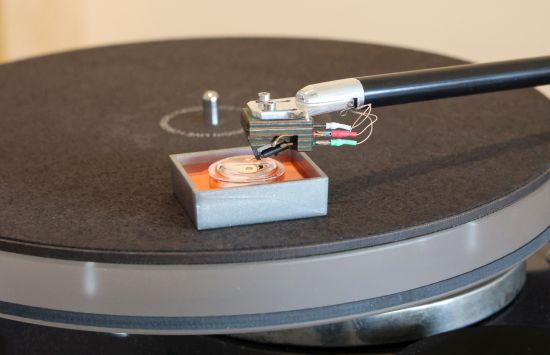
Now, I was particularly curious to see what the expensive solutions would have to offer. We first tried the Onzow ZeroDust (“Blob”-variant), which appeared to clean just as well as the two inexpensive options, but also introduced similar downsides. We were under the impression that perhaps the Onzow solution retained slightly more treble openness and air than the Winyl One-Touch Polymer “Mat”, but still, it made for a perceived slowing of pace and a reduction in transient sharpness. And we couldn’t really tell if it made any difference from the inexpensive Dynavox NRG30 “Blob”. As before, after cleaning the stylus with the Quality Service fluid the original sound was immediately restored.
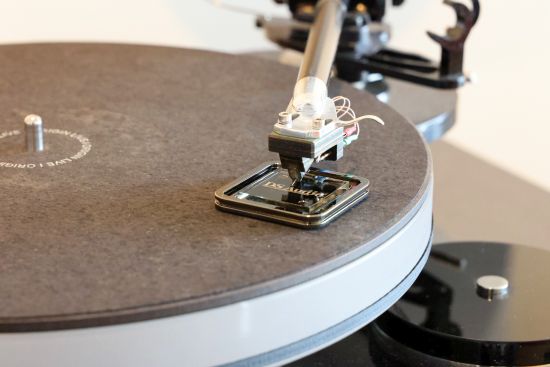
Next up was the most luxurious DS Audio ST-50 “Mat”. Again, its cleaning action was undisputed, but also again, it introduced a rounding in the transients. However, for the first time, Jessyca noted that the sound did not slow down. And sure enough, I had to agree that this method retained most of the treble openness and air of all four solutions. However, the sound was still noticeably less expressive and impactful than before the treatment. And, indeed, another cleaning with the Quality Service fluid confirmed this.
At this point, we agreed that none of the dry-cleaning methods proved to be desirable alternatives for manual cleaning with a hard brush and some fluid unless the main concern is to lower the chance of damaging the stylus by mistake.
So now what?
I had originally intended on distinguishing the level of success between the four solutions over the course of several sessions for cleaning dirt off the stylus but our experiments actually showed very little difference among the four methods. What’s more, since it turned out that the side-effects of the treatment were rather more obvious, and as far as we and this system were concerned, unwanted, I saw no point in persevering with any longer-term tests.
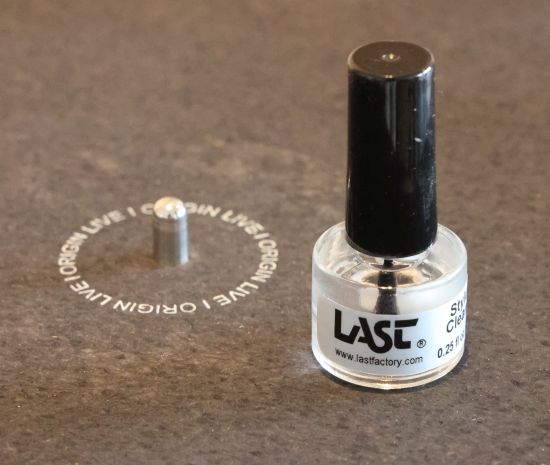
Saved for last: Last
This brought us to the fifth and final product, the LAST stylus cleaner. While I originally had no intention of including it in this test, the consistently good results that we obtained with the Quality Service fluid made me wonder what differences, if any, the LAST fluid would make.
While the Quality Service fluid works supremely well at cleaning a stylus, something I have confirmed when comparing various stylii under binoculars (a stereo microscope), an argument can still be made against it as it likely contains an amount of alcohol.
In my experience, the effect of using alcohol to clean a stylus or an LP is very similar in that both can make the sound a little cool, hard, or dry. To this day, I still need to find concrete evidence on whether this means that the true nature of the record is revealed or that the alcohol actually has a drying-out effect. But I have strong suspicions that at least the cooling effect is temporary. In any event, sonic aspects aside, it is recommended to be careful cleaning stylii with any fluid that contains alcohol for the reasons listed in the Purpose section.
After having again cleaned the stylus with a hard brush and a drop of Quality Service fluid, having confirmed that the music still sounded as we expected, and having played a few tracks from a dirty record, I treated the stylus with LAST.
Now, here was a result that we could all get behind! The LAST fluid cleaned the stylus apparently just as well as the Quality Service fluid but introduced none of the pace-slowing, transient-rounding, or expression-reducing artifacts of the four dry-cleaning methods, yet, it also showed none of the cooling or hardening effects of the Quality Service fluid. The treble was still open and airy, yet more delicate and refined, almost as if the resolution of the recording had increased.
Needless to say, the LAST fluid is now the preferred solution!
In closing, I should note that the dry-cleaning methods do work in that they clean the stylus. But I suspect that they all leave some trace residue on the stylus which translates to an audible side effect. Then again, this residue can evidently be cleaned off again using a hard brush and some cleaning fluid. Or, as it seems, even with the LAST fluid, which has a soft brush.
No doubt, to be continued…
See also the Longevity section in the Phono Cartridge Stylus Shapes article for more info on cartridge maintenance.
Where to buy:
LAST: Kempelektroniks
Dynavox NRG30: Amazon
Onzow: Amazon
DS Audio ST-50: Kempelektroniks
Winyl: Hi-Stands
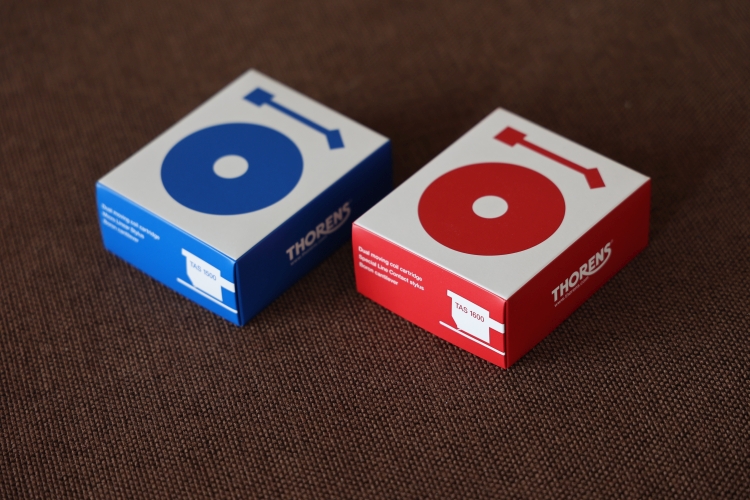
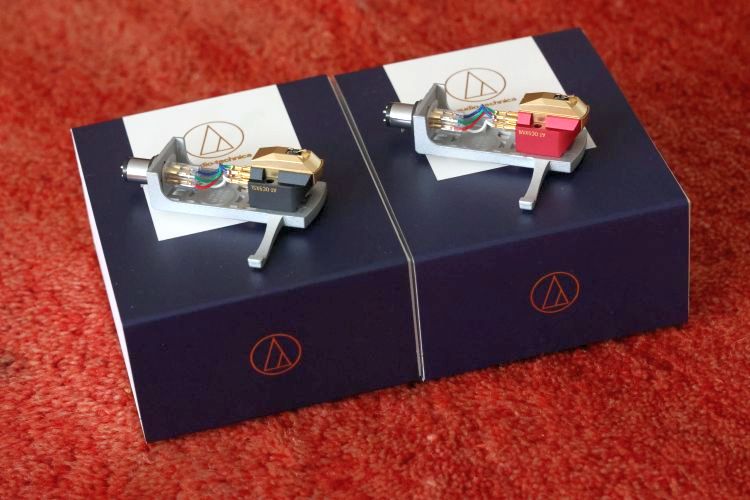
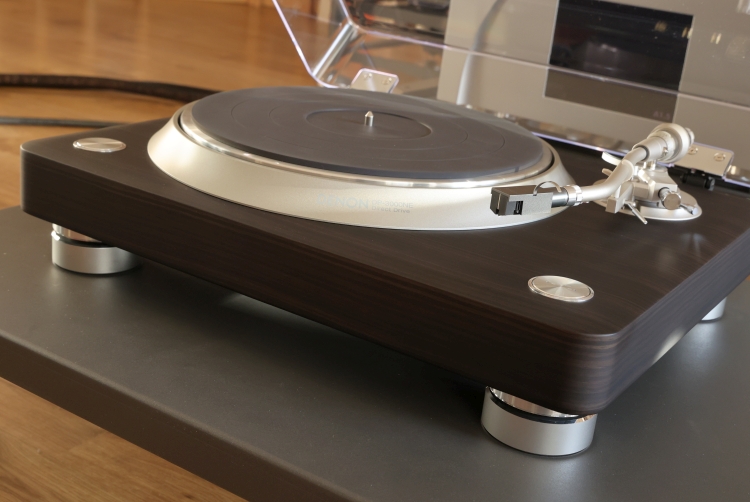
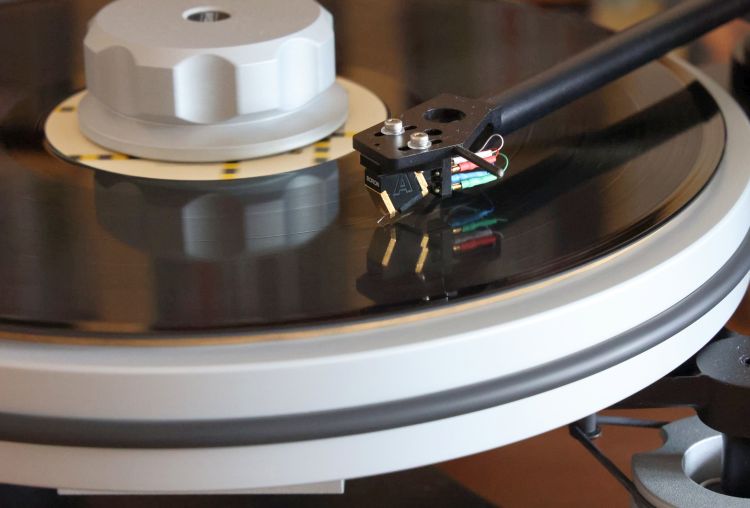
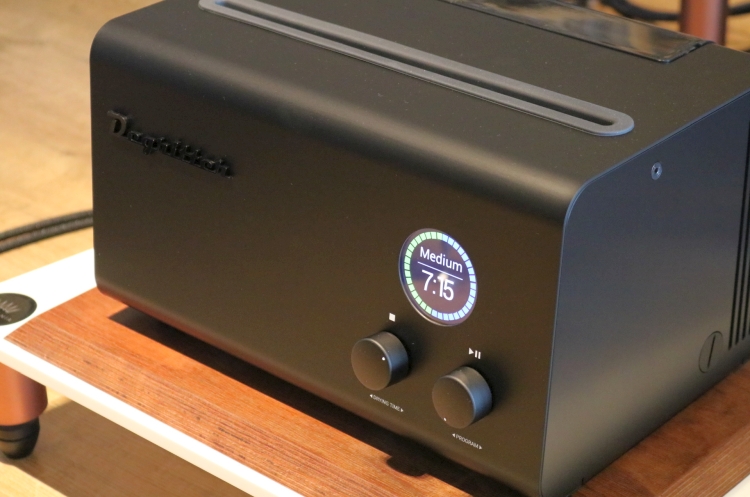
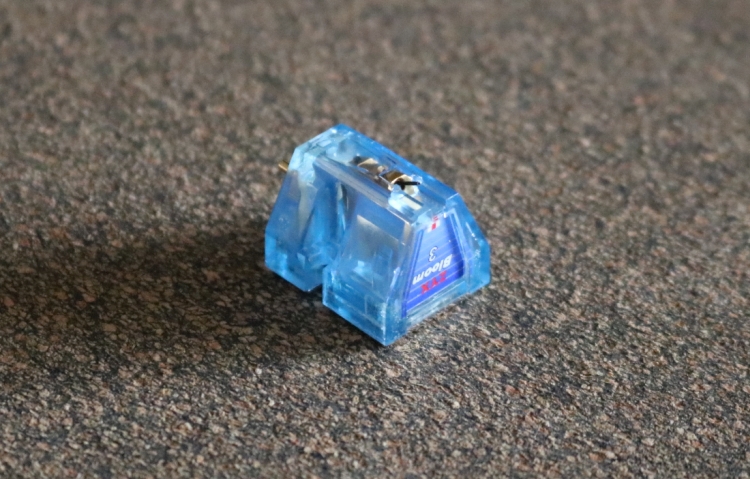
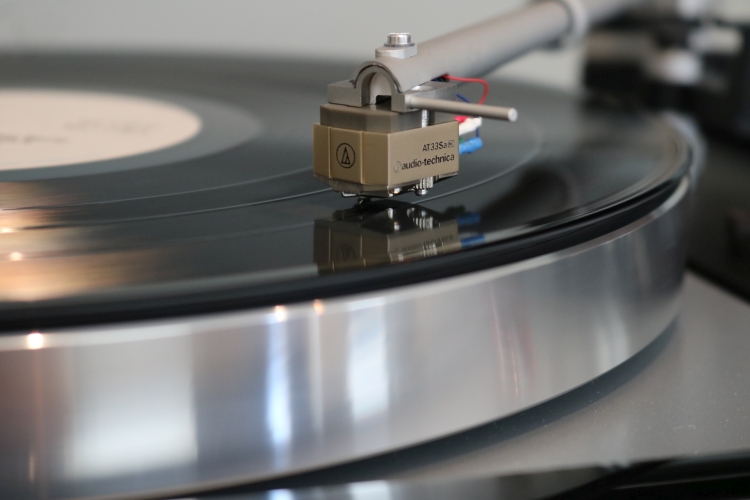
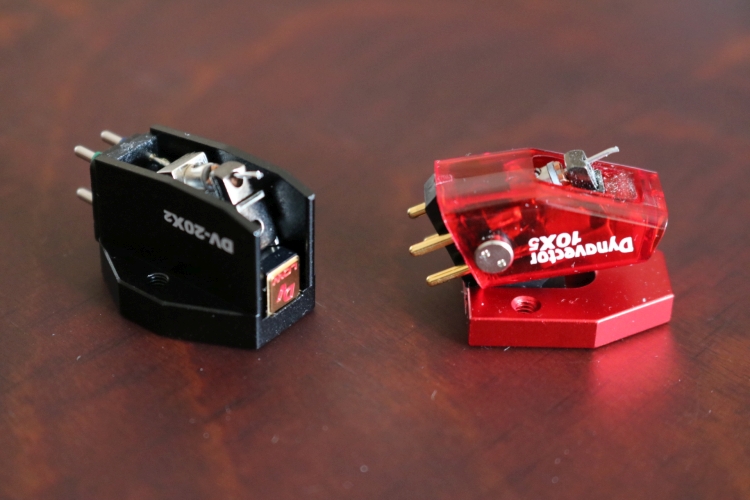
I have to say, you must have super ears to be able to detect these minute differences. I wonder if you’d reach the same results in blind tests. I use Stylast also made by the LAST company. Being a liquid, it essentially does the same as the stylus cleaner but it is said to preserve your stylus and lengthen its life. Who knows if it really works? However, I can see through a magnifying glass that it does clean the stylus well. I use it after every side.
Honestly, you don’t need super ears or even special audiophile training. We all heard the effects very clearly. This is why I also mentioned my neighbors as they are unbiased. I purchased all the items and have no reason to hear an effect one way or another. If anything, I had high expectations of the Onzow and DS Audio products. I merely note what I hear. Prior to going into this test, I was not aware/suspicious of the dry-cleaning methods leaving a residue (as I suspect they do) but in general, I am not a fan of any substances that add a layer of something. I have not tried Stylast.
Micheal Fremer did an article a while ago reporting on traces of gel adhering to the stylus following cleaning. It included some alarming pictures taken by the people behind the Wallytractor. I stopped using mine immediately after reading the article. It seems to provide some corroboration for your findings
Interesting test Christiaan!
Ofcourse it helps when your system has a certain level of resolution.
@ Alan, can you maybe more specific?
The article originally appeared on Analogue Planet about 6 months ago. I tried to find it for you, but with Fremer setting up the new site, the Tracking Angle, all such articles disappeared from Analogue Planet. It doesn’t appear to have been transferred to the new site.
As far as I remember, some styli, sent for re-tipping exhibited significant build ups of gunk which proved extremely difficult to remove. The Wallytractor company, which possesses a high quality microscope got involved and produced some very clear pictures showing the phenomenon which was attributed to the commonly available polymer type stylus cleaners. I’m being deliberately vague as I don’t want to make attributions about particular products when I don’t have the article in front of me from which to quote. Suffice to say, after reading the article I stopped using the polymer cleaner and went back to a good old stylus brush. I try to keep my vinyl clean with a combination of VPI vacuum system and an ultrasonic bath so hopefully limiting dirt build up on the stylus
I’m sure if you contact Michael Fremer at The Tracking Angle he will provide you with a copy of the article
Excellent review !
I’m a long term Last user – 40years+ – of Stylus cleaner, Stylast preservative, Stylast record cleaner.
Quality products that have withstood the test of time.
Hi Alan, many thanks for your explanation. Does Fremer’s findings also count for Stylast?
I’m late to the party, though I did comment on this months ago. But after rereading this article, I can’t help but comment on the slipshod method used to test these products. Of course, this was not a complex scientific study, but I can’t help but doubt that the conclusions reached are substantively very questionable.
I still submit that one would have to have super ears to reach similar conclusions. I have no horse in this race. I’ve used the DS Audio product, Blue tac, Last stylus cleaner, Stylast, Clearaudio stylus cleaner and Magic Eraser. All proved to be excellent at cleaning the stylus, though some seemed to be slightly better than others. But to claim to hear a distinct difference in sound after using a particular product strains credibility. Many so called “audiophiles” have a great deal more confidence in their discriminating abilities than is actually justified. I wonder what the results would have been if none of you knew which product was being used. I wonder if you would have reached the same conclusions separately if none of you knew what the other picked. Have you read the “blind” tests on Fremer’s old site where he compared several cartridges from inexpensive to extremely costly? The results were all over the place and proved absolutely nothing. Have you read the very excellent tests done with professional violinists who didn’t know what violin they were playing and couldn’t even recognize the sound of their own violin when they played it?
I am not claiming you had any horse in the game or anything to gain in this test. I just think you vastly overestimate your ability and that of your friends to hear minute differences in sound after cleaning a stylus with a particular product. You say the differences were clear. Sorry but in a blind test,I can almost guarantee that you would all come to different conclusions.